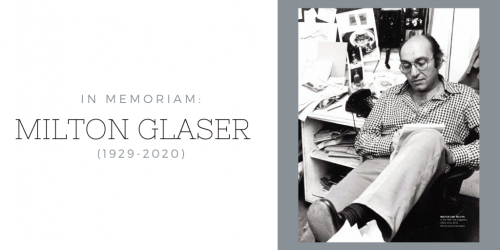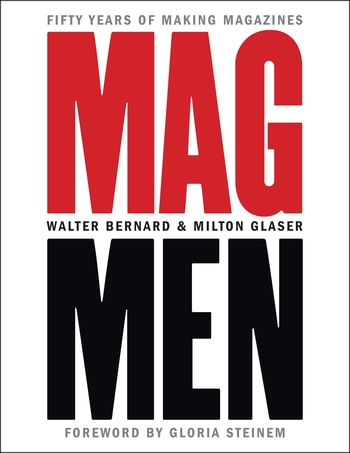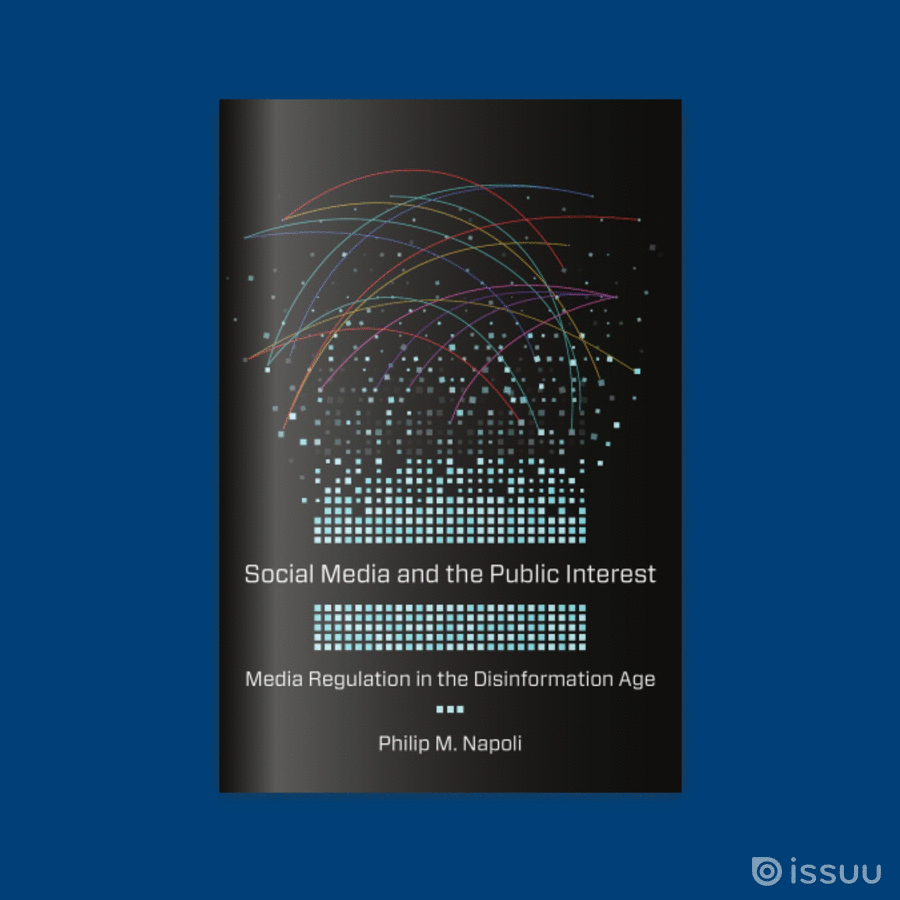Can We Still Rely on Counterspeech to Correct Disinformation in Political Advertising?

“Napoli takes up the daunting challenge of lassoing and taming the wild social media beasts that have wreaked so much havoc in democracies around the world. This book is bold, clear, and necessary. Readers of this book will gain a deep historical understanding of the complex relationship among social media platforms, news producers, citizens, and the state.”
~Siva Vaidhyanathan, author of Antisocial Media: How Facebook Disconnects Us and Undermines Democracy
In today’s guest blog post, Philip M. Napoli, author of Social Media and the Public Interest: Media Regulation in the Disinformation Age, dives into the current state of social media in the political sphere. Learn the role these platforms are taking and the steps they should be taking to protect the public.
Enter our drawing for a chance to win a copy of the book!
• • • • • •
The debate over whether social media platforms should fact-check political ads highlights the importance of understanding how previous generations of media treat political ads, and, in some cases, how they are required to treat political ads due to government regulation.
In the current scenario, Facebook is opting to run candidate ads without the fact-checking filter that it applies to other ads on its platform. Twitter is accepting no ads from candidates. Snapchat fact-checks all political ads, and will not run ads that contain false claims. As should be clear, these platforms have plenty of discretion in terms of how they treat political ads.
Facebook’s approach is akin to that of a broadcast station. Under rules established by Congress in 1971, radio and television broadcast licensees are required to accept virtually all ads from legitimate candidates for federal office, regardless of the content of those ads. Broadcasters essentially operate as “common carriers” – passive distributors with no editorial authority.
In contrast, broadcast and cable networks (which don’t operate under government-granted licenses) have the right to accept/refuse candidate ads as they see fit. They are under no obligation to fact-check these ads; nor are they under any obligation to run candidates’ ads if they don’t want to. The same autonomy applies to print media, web sites, and social media platforms. No government regulations dictate how these media should treat political ads.
The irony here is that Facebook is operating exactly how Congress mandates that broadcasters treat candidate ads, yet some members of Congress are amongst those most opposed to the policy that Facebook has adopted.
“Today, when barely anyone under the age of 60 watches their local TV stations, it is hard to remember that there was a time when broadcasting was the most far-reaching and influential medium that had ever been developed.”
This contradiction raises the question – why did Congress want broadcasters to be passive conduits for political ads in the first place? The answer lies in Congress’ recognition of the incredible influence potential that the broadcast media once had. Today, when barely anyone under the age of 60 watches their local TV stations, it is hard to remember that there was a time when broadcasting was the most far-reaching and influential medium that had ever been developed.
Recognizing this, Congress imposed a variety of regulations that assured that they would have privileged access to this medium. They crafted rules that assured that their ads would run unfiltered by broadcast gatekeepers; that they would be able to purchase ad time at the lowest possible rate; and that assured that political candidates had “equal access” to broadcast facilities.
This governmental influence hasn’t extended to other powerful media that have followed in broadcasting’s path (and, to a large extent, have displaced broadcasting), because only broadcasters are licensees of a “scarce public resource” – the broadcast spectrum. This public ownership of the broadcast spectrum is what triggers this greater governmental oversight.
Members of Congress gave themselves and their electoral opponents the freedom to lie in broadcast advertising because they assumed, as we long have in this country, that the best solution to the problem of false speech is more speech. Counterspeech can be counted on to help voters distinguish fact from fiction and make informed decisions.
Thinking about this within the context of the broadcasting of political ads, if a candidate runs an ad containing a false claim on broadcast television, that candidate’s opponent will quickly be aware of it and can run an ad countering that false claim with accurate information. Also, the news media can quickly become aware of such potentially false claims and fact-check them in their reporting.
“If counterspeech operates effectively, it creates a disincentive for disseminating false speech in the first place; but, most importantly, it provides a corrective that theoretically assures that truth wins out over falsity.”
If counterspeech operates effectively, it creates a disincentive for disseminating false speech in the first place; but, most importantly, it provides a corrective that theoretically assures that truth wins out over falsity.
One could argue that social media platforms are the broadcasters of the current age, in terms of having reach and influence that exceeds other media. This comparison raises another important question – does the logic of broadcasters operating as common carriers for candidate advertisements translate to the context of social media platforms.
Answering this question requires us to consider the ways in which the media ecosystem has changed, and whether it is as conducive to counterspeech as the media environment of 1927, when Supreme Court Justice Louis D. Brandeis first explicitly articulated the counterspeech doctrine, or the media environment of 1971, when the broadcast political advertising regulations were adopted? This is a question I tackle in detail in Social Media and the Public Interest. The short answer, however, is no. Here are some of the reasons why:
Consider, for instance, if a candidate in 1971 ran a television ad containing disinformation. That ad ran on one or more of about seven channels available to the typical American household. This meant that the candidate’s opponent, as well as the news media, would certainly be aware of the ad and be able to respond with the appropriate counterspeech. In addition, when that counterspeech aired, it too was disseminated into an environment of only about seven channels; so those exposed to the misleading ad would likely also be exposed to the subsequent counterspeech.
“Campaigns today produce and disseminate thousands of different ads for social media, specially constructed and targeted to a multitude of distinctly defined voter segments, thanks to the unprecedented micro-targeting capabilities of social media platforms.”
Today, a deceptive ad placed on social media can be micro-targeted to a select group of voters. Campaigns today produce and disseminate thousands of different ads for social media, specially constructed and targeted to a multitude of distinctly defined voter segments, thanks to the unprecedented micro-targeting capabilities of social media platforms. This is an environment in which it is much more difficult for opposing candidates and the news media to stay aware of what is being said, and to keep up with the necessary counterspeech.
And, even if they do keep up, the likelihood of those exposed to the initial deceptive advertisement actually being exposed to the relevant counterspeech is much less in our current media environment than it was in the days of seven TV channels. We’ve all heard, at this point, about echo chambers and filter bubbles; those means by which newer media such as social media platforms help us to be exposed primarily to ideas and reporting that confirm our existing biases and world views. It’s hard for counterspeech to break through these filter bubbles.
And when it does, it’s not likely to have the same kind of effect today that it might have had in 1971. Why? Because in today’s highly fragmented, more competitive media environment, with lower barriers to entry, more of our news sources are overtly partisan. Fewer are operating in the more objective manner that characterized the news media of 1971. As a result, overall trust in the news media has declined, with people feeling particularly distrustful of new outlets that they perceive as ideologically opposed to them. This means that people are less likely to even trust the source from which the counterspeech originated.
“Because in today’s highly fragmented, more competitive media environment, with lower barriers to entry, more of our news sources are overtly partisan.”
Here, I am only scratching the surface in terms of the ways in which counterspeech is undermined in our digital media ecosystem. I go into much greater detail in the book.
The key takeaway, however, is that for Facebook to choose, in 2019, to operate like a broadcast station circa 1971 represents a troubling throwback to a media environment that no longer exists. If social media companies aren’t going to exercise their editorial authority as gatekeepers, they need to do a lot more to assure that counterspeech operates much more effectively on their platforms.This is where initiatives such as diminishing political advertisers’ abilities to micro-target social media users (something that Twitter has already adopted for issue ads and Google has adopted for all political ads) show some promise. But this is also where, at minimum, fact-checks from reputable, objective, fact-checking organizations should accompany the political ads that run on these platforms. Social media platforms can’t “move fast and break things,” and then act like it’s still 1971.
Save 30% on this or any of our journalism studies books when you order from our website by using coupon code: CUP30 at checkout!




